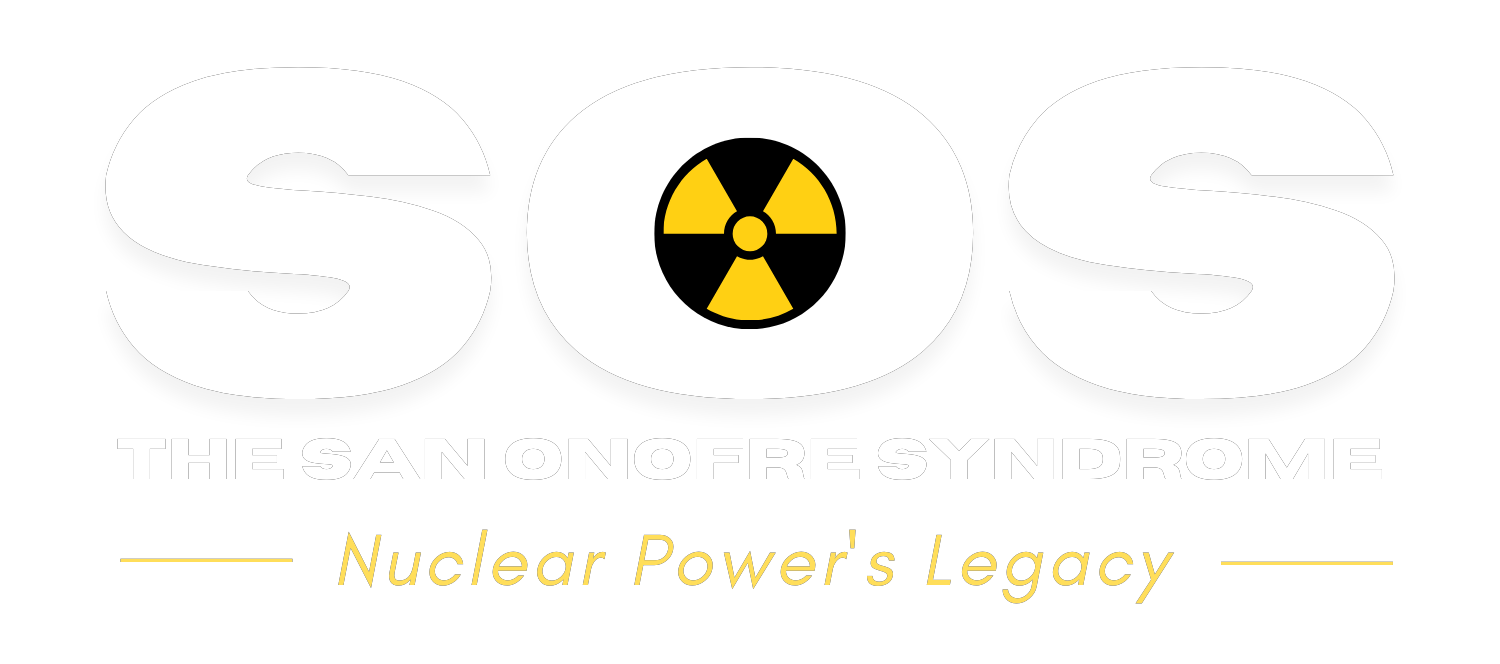Can a tsunami happen in Southern California? What should you do about it?
By Karen Garcia — L.A. Times — August 25, 2021
Walking back to parking lot three at Santa Monica State Beach after spending a sunny day lounging in the sand, perhaps you noticed one of the blue and white “Tsunami Hazard Zone” signs but didn’t think much of it.
In California more than 150 tsunamis have hit the coastline since 1880. According to the National Oceanic and Atmospheric Administration, 42 of the 150 occurred in Los Angeles County.
Considering that California is hit by about one tsunami a year, it’s time to take more notice of those hazard zone and evacuation route signs.
If you’re asking yourself why you haven’t heard about all these tsunamis hitting California, it’s because a majority of those recorded were barely noticeable, and few have caused fatalities or significant damage, said Nick Graehl, engineering geologist for the California Geological Survey.
The last recorded tsunami here occurred July 29. It was generated by an 8.2 earthquake off the Alaska Peninsula but brought less than one foot of water to our shores. The most recent damaging tsunami occurred in 2011 when an earthquake and tsunami that devastated Japan traveled across the Pacific Ocean, causing $100 million of damage to California harbors and ports.
A Californian who lives or works near the coast or who’s planning a summer beach day should have a plan just in case a large tsunami comes our way.
Tsunami alert sign is Crescent City, CA
How will I know a tsunami is coming?
The natural warning signs can include feeling a strong or long earthquake. Also, if you see a sudden rise or fall of the ocean or hear a loud roar from the ocean, it’s time to head inland.
The National Weather Service is a governmental agency that operates two tsunami warning centers, with a goal of monitoring for tsunamis and the earthquakes that may cause them, and sends tsunami alerts. To get official notifications of a tsunami warning, sign up for text message alerts from your local government, get a battery powered NOAA weather radio or listen for TV, radio, or automated telephone announcements.
Sign up for alerts from:
Not all earthquakes will cause a tsunami. But if you feel or see any natural warning signs, Graehl stressed that you should immediately move to higher ground.
What do I do during a tsunami?
Evacuate the area by foot and get to higher ground. Don’t get in your car and try to drive away from the hazardous area — evacuating by car could create a traffic jam.
If you feel the earthquake: drop to the floor, take cover, and hold on until the shaking stops.
If you evacuated from a coastal area, stay away until officials permit you to return.
Do not go toward the coast to watch a tsunami. Tsunamis move faster than a person can run.
Do not attempt to surf a tsunami. Regular waves flow in a circle without flooding higher areas. Tsunami waves are unpredictable and flood the land like a wall of water.
read more at L.A. times

